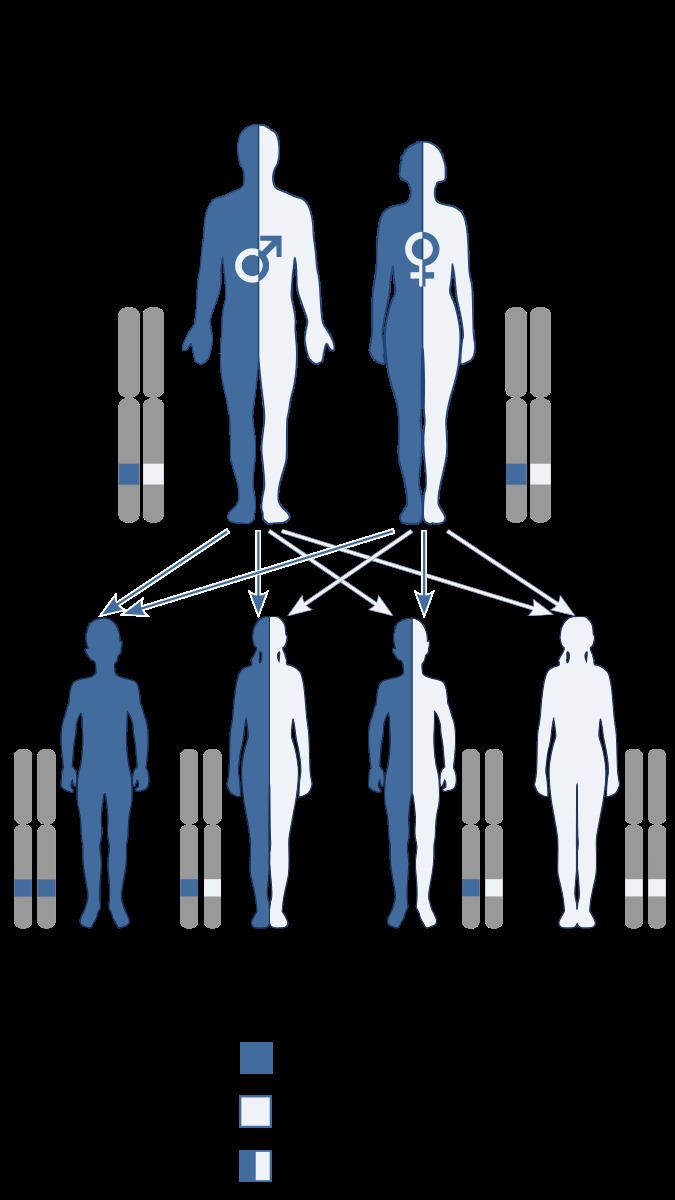ICD-10 E75.5 OMIM 213700 MeSH D019294 | ICD-9-CM 272.7 DiseasesDB 29239 | |
 | ||
Cerebrotendineous xanthomatosis or cerebrotendinous xanthomatosis (CTX), also called cerebral cholesterosis, is an autosomal recessive form of xanthomatosis. It falls within a group of genetic disorders called the leukodystrophies.
Contents
Characteristics
An inherited disorder associated with the deposition of a steroid known as cholestanol in the brain and other tissues and with elevated levels of cholesterol in plasma but with normal total cholesterol level; it is characterized by progressive cerebellar ataxia beginning after puberty and by juvenile cataracts, juvenile or infantile onset chronic diarrhea, childhood neurological deficit, and tendineous or tuberous xanthomas.
Cause and genetics
CTX is associated with mutations in the CYP27A1 gene, located on chromosome 2q33-qter. The disorder is inherited in an autosomal recessive manner. This means the defective gene responsible for the disorder is located on an autosome (chromosome 2 is an autosome), and two copies of the defective gene (one inherited from each parent) are required in order to be born with the disorder. The parents of an individual with an autosomal recessive disorder both carry one copy of the defective gene, but usually do not experience any signs or symptoms of the disorder.
Treatment
The standard treatment is chenodeoxycholic acid (CDCA) replacement therapy. Serum cholesterol levels are also followed. If hypercholesterolemia is not controlled with CDCA, an HMG-CoA reductase inhibitor ("statins" such as simvastatin) can also be used.
Eponym
It is also known as "Van Bogaert–Scherer–Epstein syndrome".
